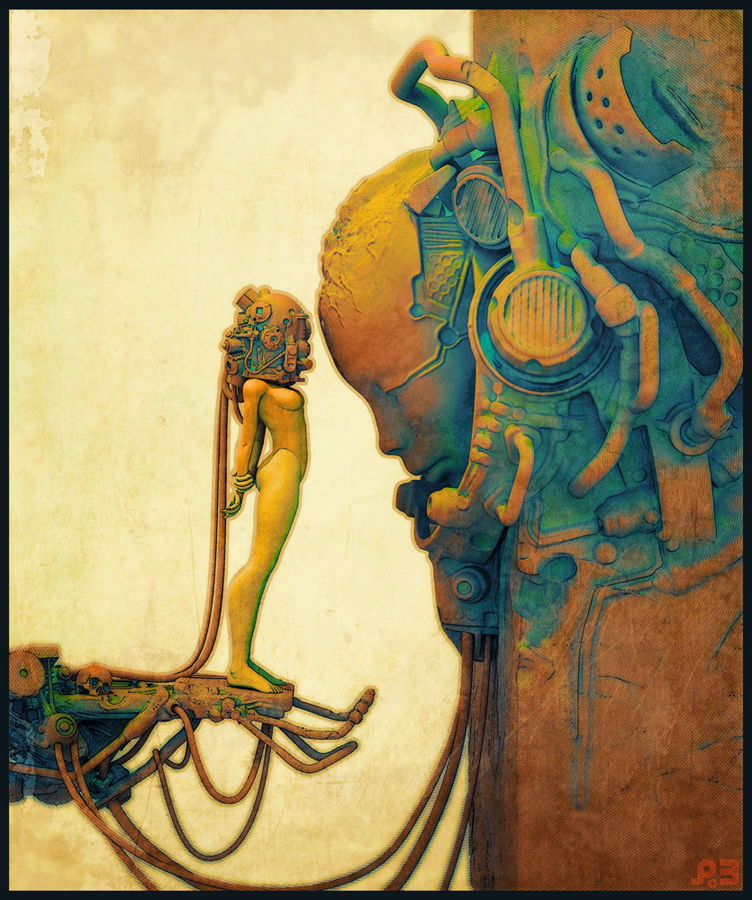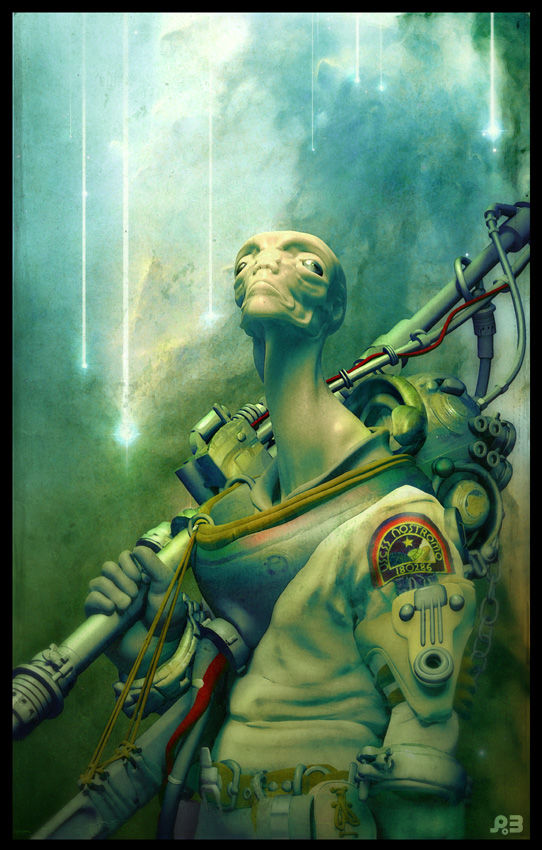Art Director Pascal Blanché

 Pascal Blanché started on the path towards a career in CG at art school in Marseille in his native France, where he worked for game developers such as Virtual Xperience, Xilam and Haiku Studios; and also with Sony, on Kaena: the Prophecy: the first French/Canadian full CG movie. As art director at Ubisoft Montreal, he worked on Myst IV: Revelation and James Cameron’s Avatar: The Game. After two years in the UK, working for Frontier Developments and helping to refresh the visuals of RuneScape for Jagex, he is now back at Ubisoft Montreal. He is also a freelance illustrator, with clients including Wizards of the Coast and Autodesk.
Pascal Blanché started on the path towards a career in CG at art school in Marseille in his native France, where he worked for game developers such as Virtual Xperience, Xilam and Haiku Studios; and also with Sony, on Kaena: the Prophecy: the first French/Canadian full CG movie. As art director at Ubisoft Montreal, he worked on Myst IV: Revelation and James Cameron’s Avatar: The Game. After two years in the UK, working for Frontier Developments and helping to refresh the visuals of RuneScape for Jagex, he is now back at Ubisoft Montreal. He is also a freelance illustrator, with clients including Wizards of the Coast and Autodesk.
Tell us about your journey
I was always the drawing type as a kid, and would also create puppets and little critters with things I grabbed here and there. I went to art school for five years, learning drawing, painting, photography and that kind of thing, but I always liked computer art – mainly because you could make everything with one tool. You were a whole studio by yourself!
After a few years in art school I somehow managed to get work as assistant on Tilt, a French videogame magazine. When one day the main artist went off sick, I took the opportunity [to take over the role]. I had no clue what I was going to do at that time, but it worked, and got me on track.
How do you want to impact the world?
I have tons (and I mean tons) of projects in the back of my mind all day long. I’d like to make movies – for instance, a remake of Time Masters – or make games on my own! Some of my illustrations are based on the worlds I’d like to build up. But I’m a realist: I won’t get much chance to do those things, so I stick to illustration. Maybe it will inspire others one day!
What are you passionate about?
Inspiration really depends on my mood! I’m very influenced by early Heavy Metal artists like [Philippe] Druillet, [Richard] Corben and Moebius, and sci-fi cover art from the 70s and 80s. There was so much creativity back then, and fewer conventions – anything was possible, and it was much more more powerful to my eyes. What I like most is to stumble on some artist, old or new, and be taken by their vision. Pinterest is my tool of the moment: it’s really useful for finding new art.
What would be your #1 advice to other artists?
Always try to dig around artists who inspire you to find their own inspirations. You’ll find new treasures and material to feed your own style. Young artists tend to try to get away from any influences, and it’s the wrong way to do things. You have to understand what you like and where your personal taste comes from in order to build a style based on who you are.
You like that illustration? Ask yourself what is exactly you like in it. Pick up what is important for you – a technique, a color palette, a composition – and move back to your own stuff with new knowledge that will improve it. Don’t get caught up in the trend of the moment – at least, not totally. And please, try to look further back than the last ten years of art on the web.
Related Links
Visit Pascal’s ArtStation gallery
Visit Pascal’s website

Stardust: an artwork funded through Patreon. Anyone pledging over $5 per illustration gets access to Pascal’s Photoshop and/or ZBrush files.

Danu: a personal artwork used as the cover image for Derelict Planet, Pascal’s art book.

























